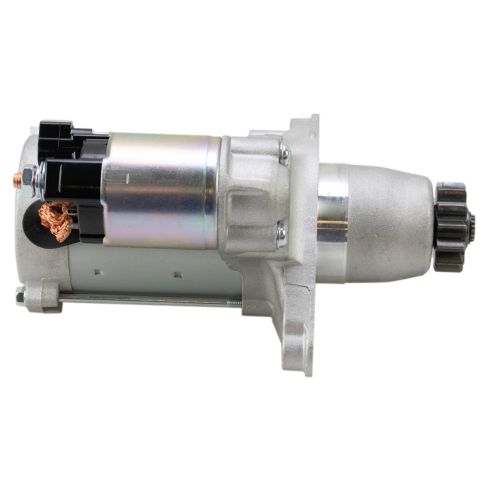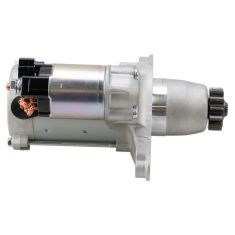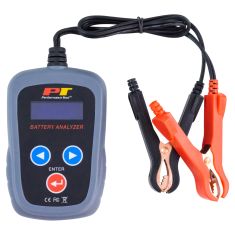1AEST00501-Toyota Lexus Pontiac Scion Starter TRQ STA03075

Replaces
2010 Lexus ES350 Starter TRQ STA03075

Frequently bought together
Product Reviews
Loading reviews
5.00/ 5.0
12
12 reviews
Works as advertised
January 23, 2022
OEM fit! Whole job only took 30 min, and Im an old guy!
August 10, 2022
Great product it fit like a glove installation was a smooth process I recommend you take your time so you do it right the first time
My Shinny New Starter
October 9, 2022
I like my shinny new starter. Fitment was spot-on and my order came quickly, No problems as for
the installation of the starter. Thank you.
November 23, 2022
Fairly easy installation and works great with my 05 Highlander
I would recommend this part .
March 26, 2023
Very great and good quality part and easy to install
Outstanding,helpful and the how to videos are superb. Shipping is way faster then projected and it's free !!!!
[{"url": "https://wac.edgecastcdn.net/001A39/prod/media/pNISJll75W64CYGsite/8772c4ecb6f45cd0b615c37258fc9e1a_1688076643031_0.jpeg", "caption": ""}, {"url": "https://wac.edgecastcdn.net/001A39/prod/media/pNISJll75W64CYGsite/7b930a1da18ef77abb9dcb2edc06369e_1688076643031_1.png", "caption": ""}]
June 29, 2023
Hi,outstanding service!!! My first order but will be many more if needed.I tried this company because of the superb how to videos,I thought if the videos are this good the product has to be that good !! So I tried and I was right !!!! One time fit,I was done installing in 30 minutes and I took my time. Shipping was way faster than projected,by a few days !! I ordered by phone and the gentleman assured me it would be accurate the first time,he was very helpful !!!! Thank you A 1 Auto !!!!!!! Jeff Edens
September 16, 2023
I am satisfied with the part.Thk u
Fits like a glove. Works like a champ!
December 12, 2023
Very appreciative for the quick delivery and quality part! Had the starter on our 03 Camry start acting up, and easily got the replacement swapped out. 1A Auto is my first stop for quality parts at a great price!
Good job 1A!
April 23, 2024
Good experience with 1A! Got the part on time. Looked like the original . Perfect fit. Great job 1A Auto. Will use 1A again!
May 4, 2024
I am relying more and more on 1Aauto for all my repairs. Very satisfied with the quality of the parts and the service. The instructional videos on YouTube are very good too.
Great starter easy install
September 2, 2024
Very easy to install especially with the step by step videos 1A Auto provides with their products. Our RAV4 has started like a champ ever since the swap.
A1 products
September 18, 2024
Works great in my 2011 Camry
Customer Q&A
No questions have been asked about this item.
Lexus is a registered trademark of Toyota Motor Corporation. 1A Auto is not affiliated with or sponsored by Lexus or Toyota Motor Corporation.
See all trademarks.




















